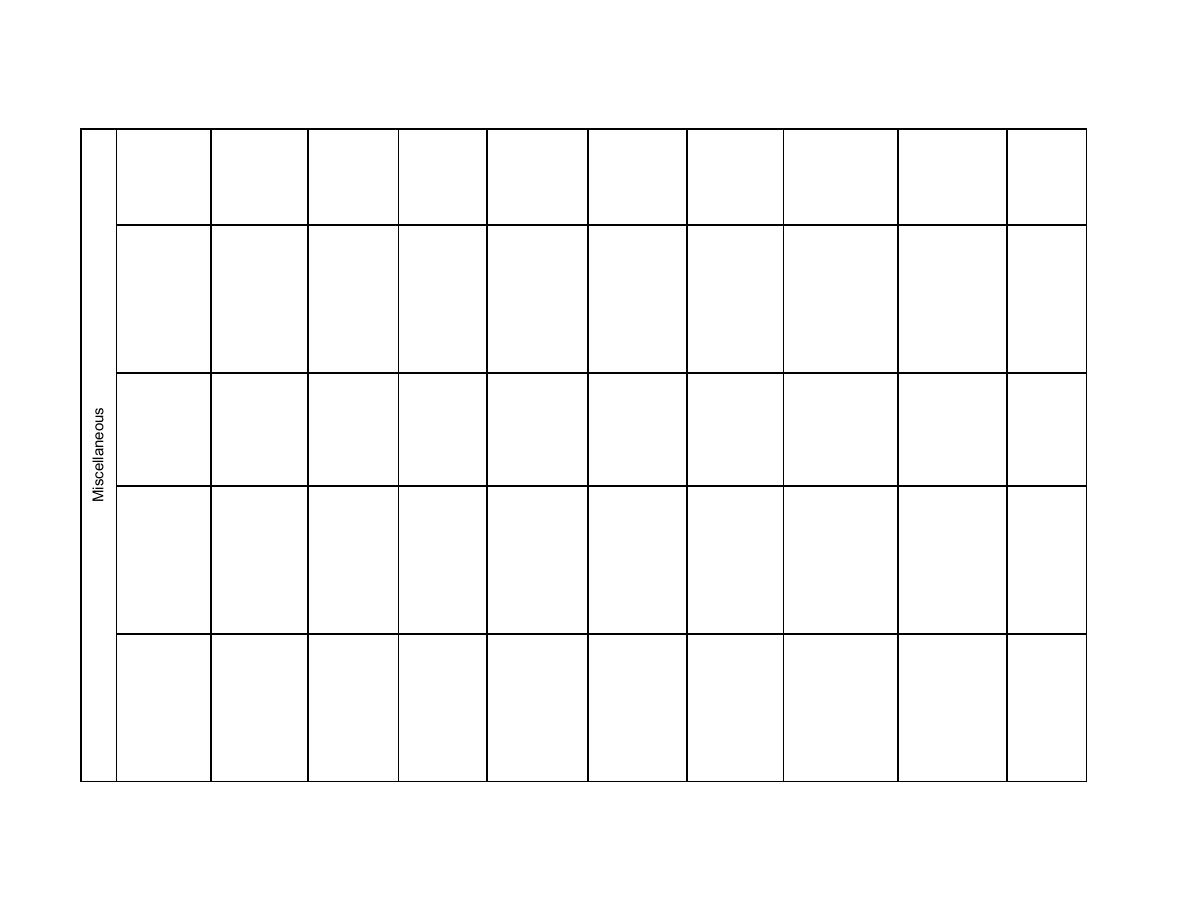
Table 8-7.1 Stabilization of Soils for the Foundations of Structures
Method
Principle
Most
Maximum
Economical
Special
Special
Properties of
Special
Relative
Suitable
Effective
Size of
Materials
Equipment
Treated
Advantages
Costs
Soil
Treatment
Treated
Required
Required
Material
and
(1976)
Condition/
Depth
Area
Limitations
Type
(feet)
Remove
Foundation
Inorganic
10 m
Small
Only if
Excavation
Increased
Uniform,
High
and
soil
soils
admixtures
and
strength and
controlled
replace,
excavated;
are needed
compaction
stiffness;
foundation
with /
improved
equipment;
reduced
soils when
without
by drying or
dehydrating
compressibility
replaced;
admixtures
admixtures
system
may require
large area of
de-watering.
Moisture
Excess
Expansive
5m
Small
Membranes,
Excavating,
Original
Best used
Low to
barriers
water in
soils
gravel, lime
trenching,
natural or as
with small
moderate
foundation
or asphalt
and
compacted
structures/
soils is
compaction
properties
may not be
prevented
equipment
retained
100%
effective.
Pre-wetting
Soil is
Expansive
2-3 m
Small
Water
Water tanks
Decreased
Low cost,
Low
brought to
soils
swelling
best used for
final
potential
small light
estimated
constructions;
water
shrinking and
content
swelling may
prior to
sill occur
construction
Structural
Fill
Use over
------
Small
Sand,
Compaction
Soft subgrade
High
Moderate
Fills (with
distributes
soft clays
gravel,
equipment
protected by
strength,
to high.
or without
loads to
or organic
fly/bottom
structural
good load
admixtures)
underlying
soils,
ash,
load-bearing
distribution to
soils
marsh
clam/oyster
fill
underlying
lands
shell ,
soft soils.
incinerator
ash



 Previous Page
Previous Page
